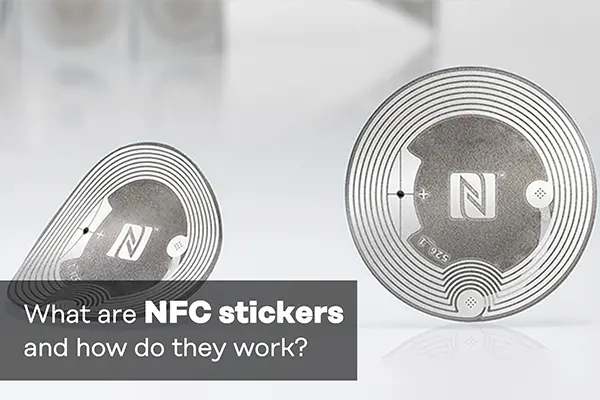Introduction:
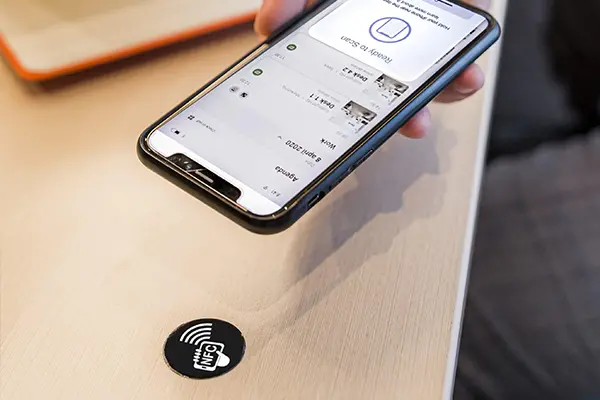
NFC (Near Field Communication) technology has gained popularity in recent years due to its convenience and versatility. One of the applications of NFC is through the use of NFC stickers. These small, adhesive tags contain embedded NFC chips that enable communication with compatible devices. In this article, we will explore what NFC stickers are and how they work.
Definition of NFC stickers:
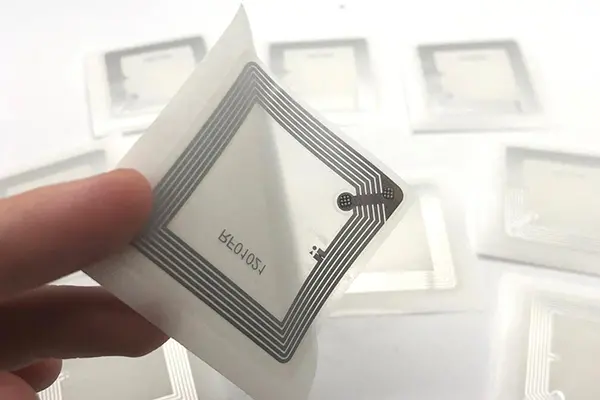
NFC stickers are physical tags equipped with NFC chips that can be programmed to store and transmit information wirelessly. These stickers are often made of durable materials and can be attached to various objects, such as products, posters, or promotional materials.
How do NFC stickers work?
NFC technology:
Before diving into the workings of NFC stickers, it’s essential to understand NFC technology itself. NFC is a short-range wireless communication technology that allows devices to exchange data when they are in close proximity, typically within a few centimeters.
Components of an NFC sticker:
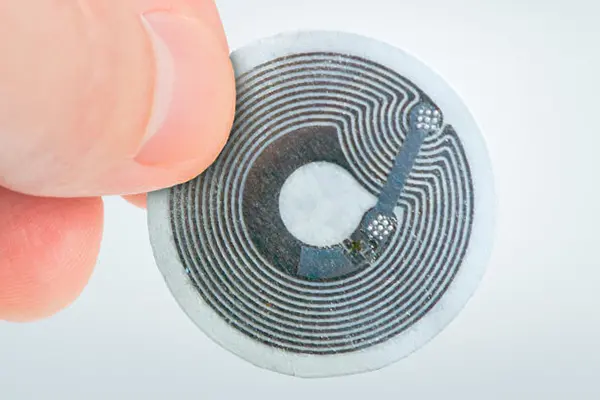
An NFC sticker comprises three main components: an NFC chip, an antenna, and an adhesive layer. The NFC chip contains the necessary circuitry to enable communication, while the antenna facilitates the transmission and reception of data. The adhesive layer allows the sticker to be easily attached to various surfaces.
Communication process:
When an NFC-enabled device, such as a smartphone, comes close to an NFC sticker, the device’s NFC chip generates a magnetic field. This magnetic field induces a small current in the antenna of the sticker, powering the NFC chip. The NFC chip then sends the stored information back to the device through the same magnetic field. This bidirectional communication happens seamlessly and quickly, usually within milliseconds.
Uses and applications of NFC stickers:
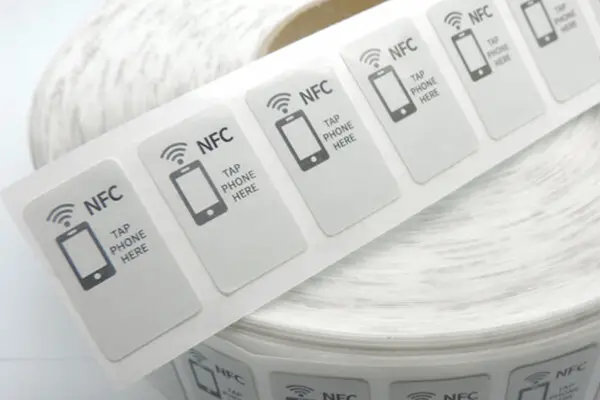
NFC stickers find applications in various fields. They can be used for contactless payments, allowing users to make transactions by simply tapping their smartphones or cards on NFC-enabled payment terminals. NFC stickers are also employed in access control systems, where they act as virtual keys to unlock doors or gates. Additionally, they have applications in marketing and advertising, enabling users to access additional information or promotional content by tapping their devices on NFC tags.
Advantages of NFC stickers:
NFC stickers offer several advantages. Firstly, they provide a user-friendly and convenient way to interact with digital content or perform transactions. They are also compatible with a wide range of devices, including smartphones, tablets, and wearables. NFC stickers are easy to set up and can be reprogrammed with different data, making them flexible for various use cases.
Limitations of NFC stickers:
While NFC stickers have numerous benefits, they also have some limitations. The range of NFC communication is relatively short, requiring devices to be in close proximity. This limitation restricts the practicality of certain applications. Additionally, not all devices support NFC technology, which can limit the widespread adoption of NFC stickers.
Security considerations:
NFC technology incorporates security features to protect users’ data and prevent unauthorized access. NFC stickers can utilize encryption techniques and authentication protocols to ensure secure communication between devices. However, it is still essential for users and businesses to exercise caution and implement best practices to safeguard sensitive information.
NFC stickers vs. other technologies:
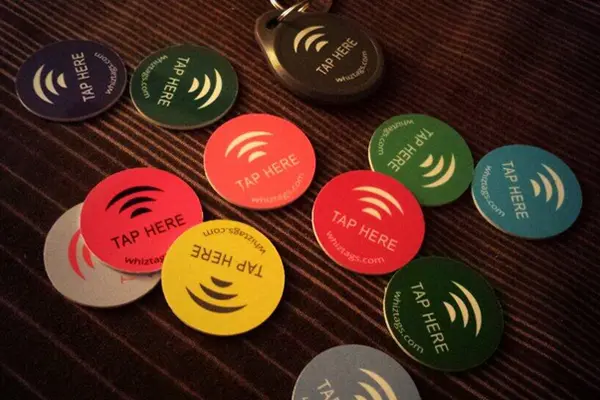
NFC stickers offer unique advantages compared to other technologies. Unlike QR codes, NFC stickers do not require scanning and can initiate communication with a simple tap, providing a more seamless user experience. Moreover, NFC stickers can store more information than traditional RFID tags, allowing for richer interactions and functionalities.
Future prospects of NFC technology:
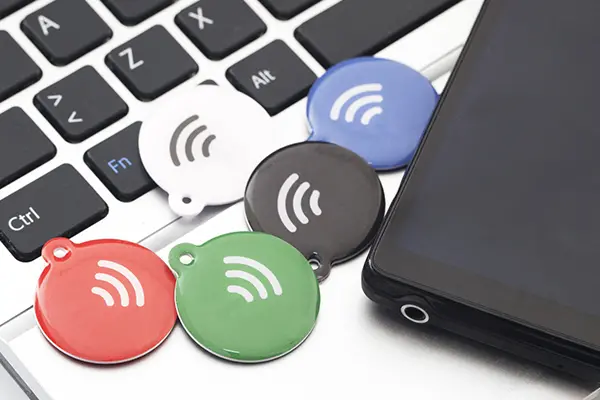
The future of NFC technology looks promising. With the increasing adoption of contactless payments, the demand for NFC-enabled devices and stickers is likely to grow. NFC technology is also being explored in areas such as transportation, healthcare, and smart homes, opening up new possibilities for its applications.
Conclusion:
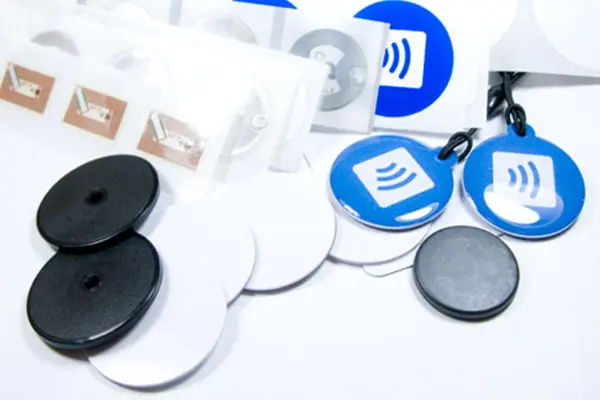
NFC stickers are versatile tools that leverage NFC technology to enable wireless communication between devices. They offer convenience, security, and various applications across different industries. As NFC technology continues to evolve, we can expect to see even more innovative uses of NFC stickers in the future.
FAQs:
Can NFC stickers be reused?
Yes, NFC stickers can be reprogrammed and used multiple times, making them flexible for different purposes.
Are NFC stickers compatible with all smartphones?
Most modern smartphones have NFC capabilities, but it’s always recommended to check the device specifications to ensure compatibility. You can check the compatible smartphone types here.
Do NFC stickers require an internet connection?
NFC communication does not require an active internet connection. The data exchange happens directly between the NFC-enabled devices.
Can NFC stickers be used for mobile payments?
Yes, NFC stickers can be used for contactless payments when they are linked to a supported payment service or app.
Are NFC stickers secure?
NFC stickers employ security measures such as encryption and authentication to protect data during communication, making them secure for various applications.
Nexqo is a professional RFID & NFC solution provider established in 2010, we provide one-stop solutions including hardware and software needed for your application. Welcome to contact our sales experts to learn more about our NFC stickers.
